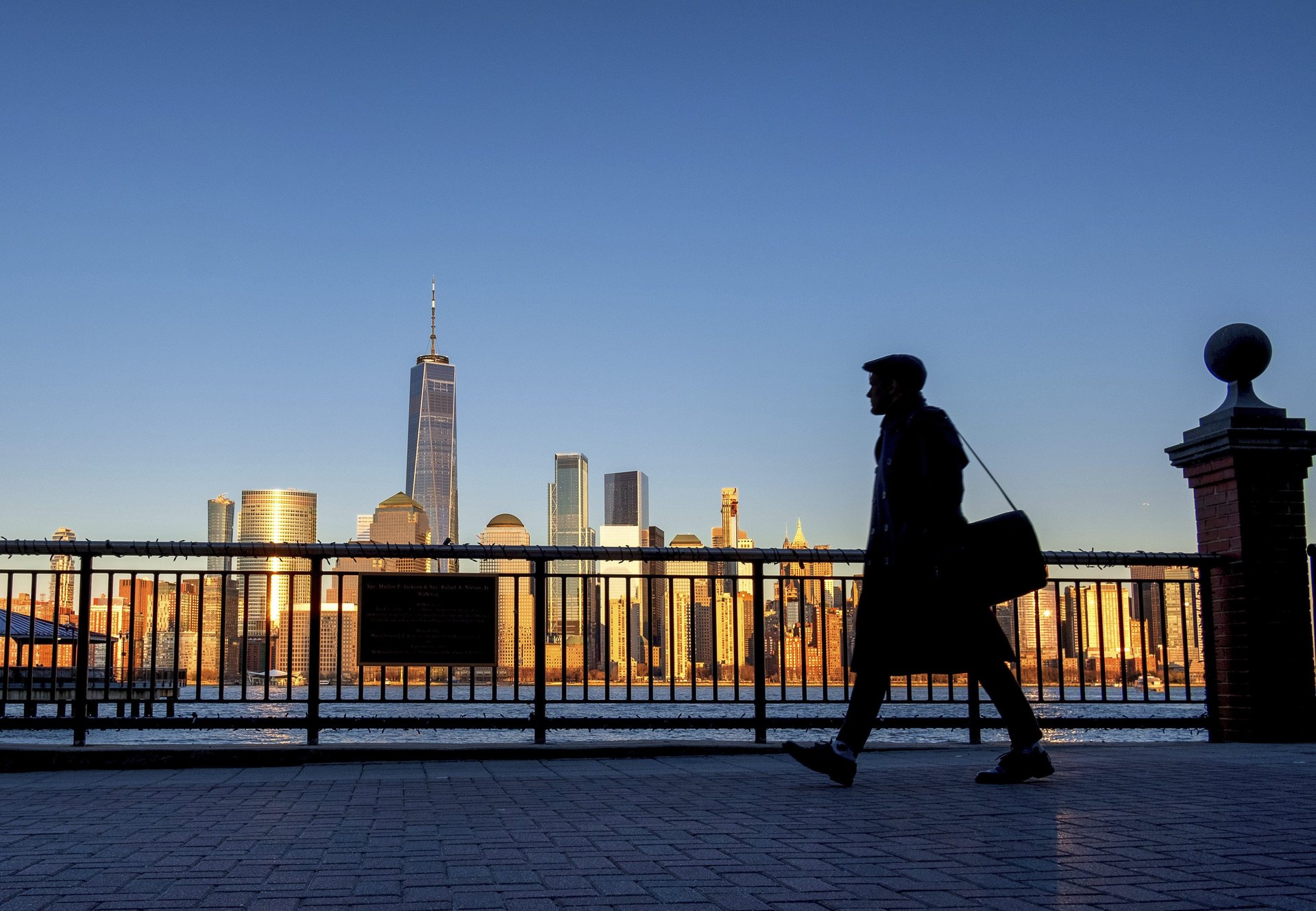The New York metro area has the lowest rate of population turnover in the US
New Yorkers are unusually well rooted.


New Yorkers are unusually well rooted.
In the typical year from 2013 to 2017, only about 2.4% of the people who live in New York’s metropolitan area, which includes Newark, Long Island and nearby suburbs, left for other parts of the United States. That’s about 480,000 people. At the same time about 420,000 people arrived, or 2.1% of the population. While more people went than came, the city’s population continued to grow due to births. (Data is not available for the relatively small number of people who moved abroad.)
This means that New York has the lowest rate of turnover of any metropolitan area with a population of more than two million, according to Quartz’s analysis of Census data.
By comparison, the booming metro area of Austin, Texas is turning over fast. Each year the number of people who arrived equaled about 6.7% of the population, while 4.6% left. That discrepancy also made Austin one of the fastest growing cities in the United States. Orlando, Seattle, San Antonio and Portland have had similar recent trajectories.
The table below ranks the 30 metropolitan areas with more than two million people by the share of the average population that arrived and left annually between 2013 and 2017. This is not a perfect measure of transience because it only looks at average movement annually. It is possible that a small portion of a metropolitan area’s population changes every year while the rest of the population remains static, like in a college town.
New York’s comparatively low rate of transience is consistent with that of the country’s other large cities. Los Angeles and Chicago, the second and third largest metropolitan areas in the United States, also have particularly stable populations. People without college degrees are the ones most likely to leave the largest metros—often heading to more affordable cities in the south—because of the rising cost of living. But even with those steeper costs, the populations of these expensive cities remain steady.